Dog Proof Garden Ideas: Creating a Pet-Friendly Outdoor Space
Creating a garden that both you and your dog can enjoy might seem challenging, but it is entirely possible. Whether you have a playful puppy or an older dog, there are ways to design a space that is safe and secure for your furry friend while still being a beautiful part of your home.

How can you make your garden dog-proof without compromising its beauty? This article will explore various ideas and solutions, making it easier for you to keep your dog safe and your garden looking great. With some thoughtful planning, you can transform your backyard into a haven for both you and your pet.
1) Choose Pet-Friendly Plants
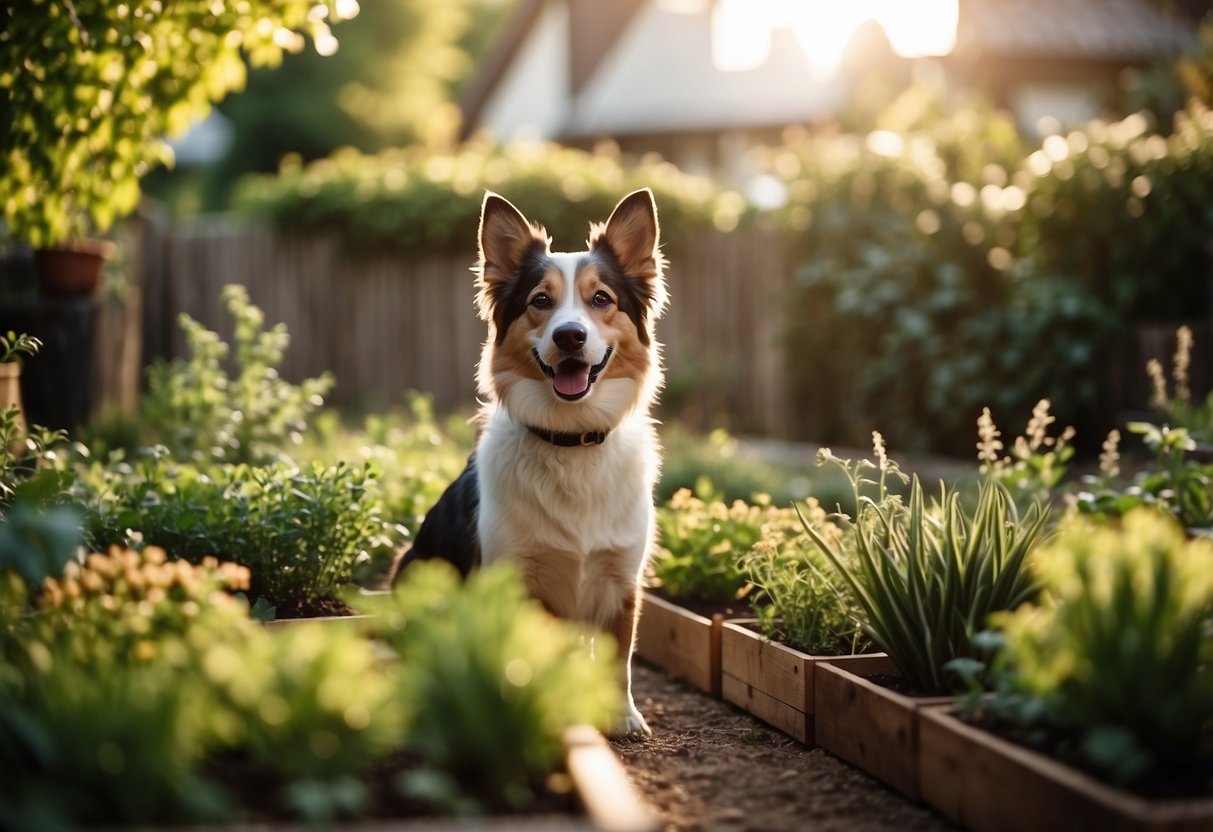
When creating a dog-safe garden, picking the right plants is key. Look for varieties that are non-toxic to dogs.
Sunflowers are a great choice and can brighten up your yard. They are safe and can grow well in many regions.
Another good option is rosemary. This herb is dog-safe and can add fragrance to your garden. Choose a creeping variety to cover ground and fill empty spots.
2) Install a Digging Pit
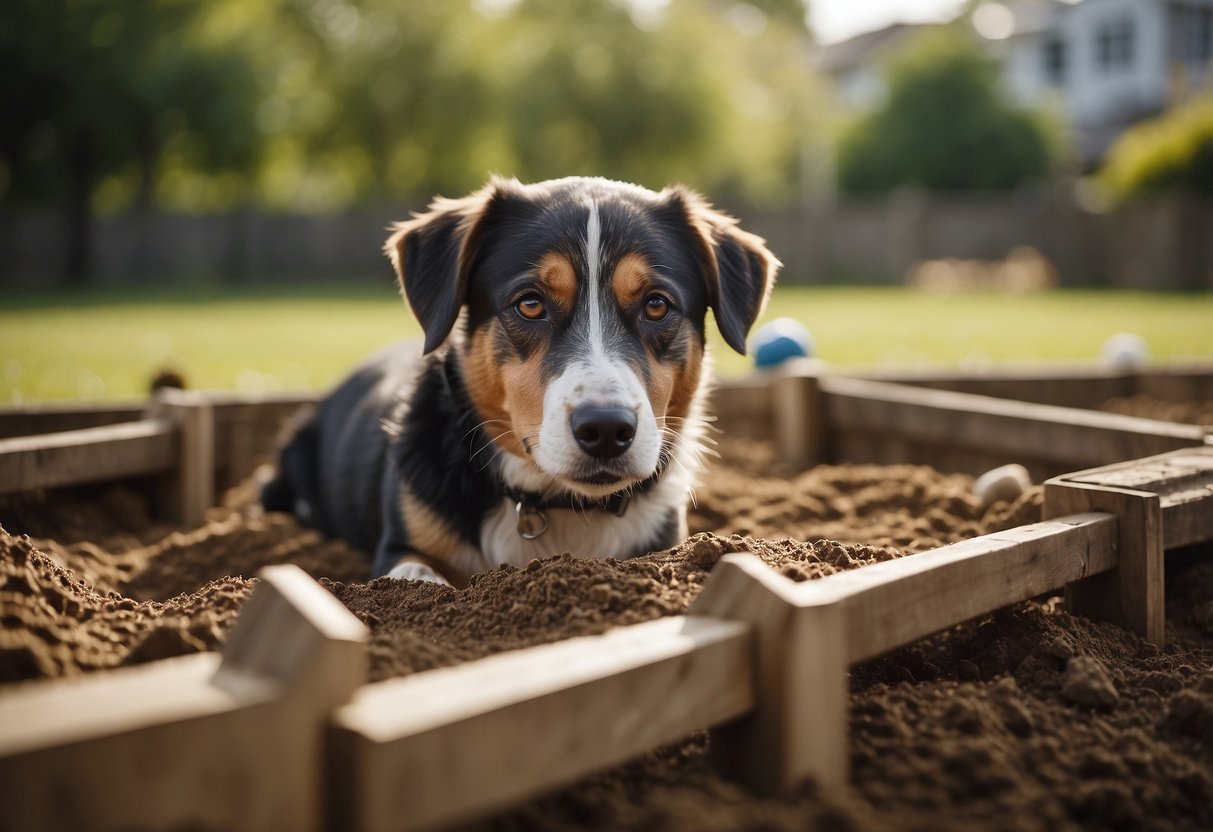
Creating a digging pit can give your dog a safe and fun place to dig.
Choose a spot in your yard where your dog often digs. Dig a pit about 8-12 inches deep, large enough for your dog to lay down and play.
Fill the pit with a mix of sand and dirt. You can also add some toys or treats in the mix to make it more exciting for your dog. Using playground sand from a hardware store can keep the area soft and easy to dig.
3) Use Raised Garden Beds

Raised garden beds are a great option for keeping your flowers or veggies out of your dog’s reach. They elevate your plants, making it harder for dogs to dig or trample them.
Another benefit is that raised beds warm up faster than the ground, which can extend your gardening season. You’ll also have better control over soil quality.
Raised garden beds can also minimize soil compaction and erosion. This means less maintenance and healthier plants. Additionally, they can keep other small animals like rabbits out of your garden.
4) Secure Borders with Fencing

To keep your garden safe from your dog, start by installing a sturdy fence. Use materials like wood, metal, or PVC to create a barrier that your dog can’t jump over or dig under.
Make sure your fence is at least six feet tall to prevent your dog from leaping over. You can find tips on this at Homes and Gardens.
Place fence posts every four feet. This provides enough support to keep the fence upright and secure. For more details, you can check out this guide on dog-proof garden fencing.
Incorporate Durable Ground Covers

Using durable ground covers can make your garden more dog-friendly. Opt for choices like clover or wood chips that can handle heavy play and digging.
Consider snow in summer, which is great for full sun and partial shade areas. Its hardiness makes it a solid option for active pets.
For a splash of color, you might like Labrador Violet. Its purple hue adds beauty while being safe for dogs.
6) Create Shaded Rest Areas
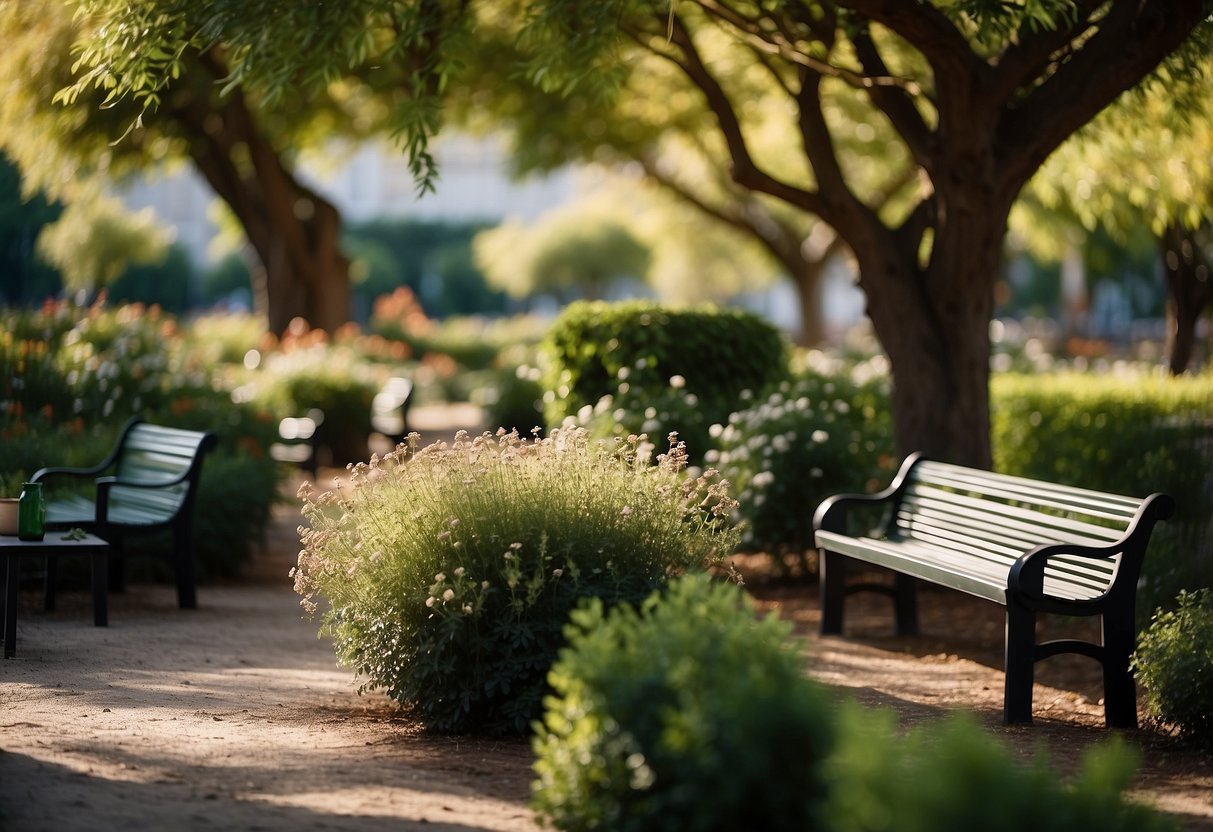
Your dog needs a spot to cool down. Provide shaded areas using trees or large umbrellas.
Consider planting trees to offer natural shade. You can also set up shaded seating areas that your pup can use.
Another option is to create a cozy corner with a dog bed under a gazebo. This gives your dog a comfortable place to relax out of the sun. For more ideas, check out this guide to dog-friendly gardens.
7) Add a Water Feature like a Pet Fountain

Installing a pet fountain in your garden can be great for your dog. It helps keep them cool during hot summer days.
Make sure the water feature is shallow and easy for your dog to access.
Consider a dog-friendly fountain or a small pond with a gentle sloping edge. This way, your dog can easily get in and out.
8) Use Mulch Instead of Small Stones

Using mulch instead of small stones in your garden is a smart choice for dog owners. Mulch is safer for your dog’s paws and less likely to create a choking hazard. Pine bark and cypress mulch are great options.
Mulch also helps keep your garden beds moist and free of weeds. It’s easy to spread and maintain, making your garden both dog-proof and beautiful.
9) Designate a Potty Area
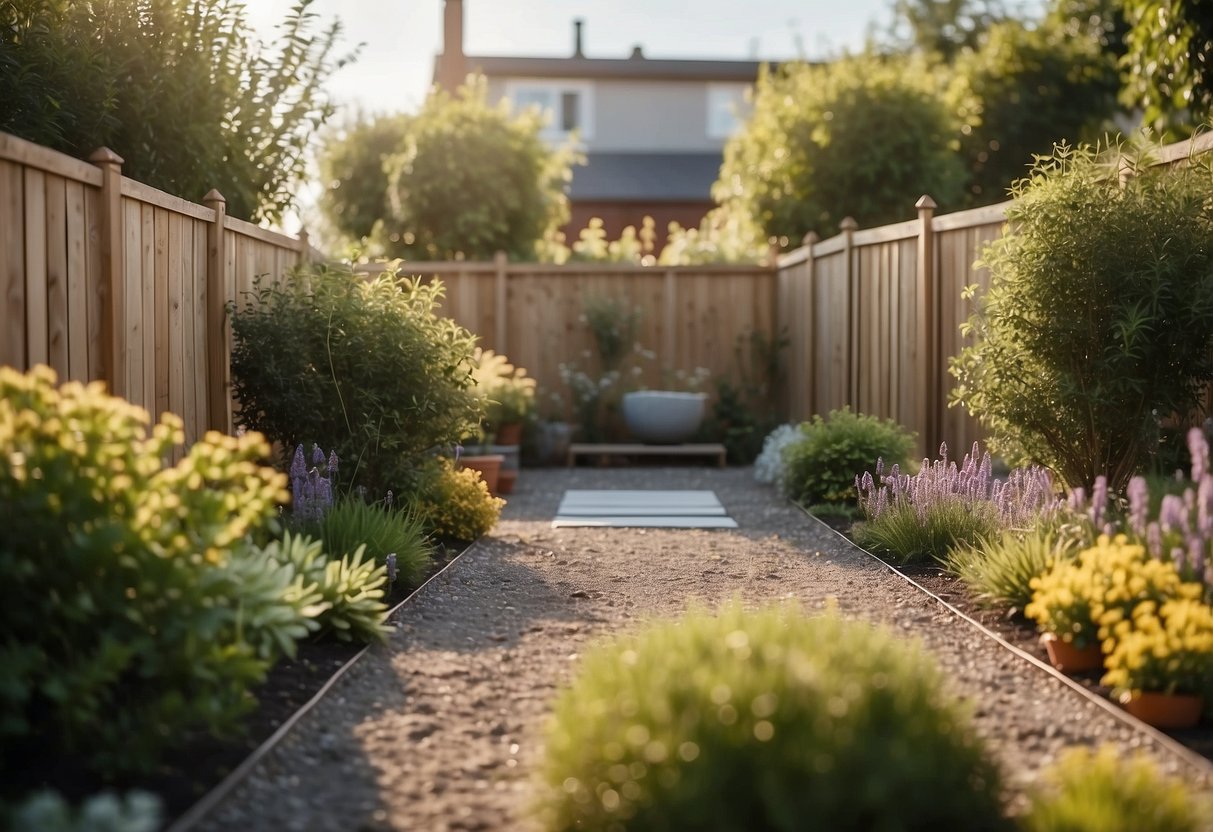
Creating a designated potty area for your dog can make your garden cleaner and easier to maintain.
Choose a spot in your yard that is easy to access and has good drainage. Adding materials like mulch or wood chips helps with odor control and keeps the area looking neat.
Use gravel to aid drainage and prevent muddy spots. This can keep the area more hygienic for both your pet and your garden. Training your dog to use this specific area can also protect your grass and plants from damage.
For more ideas, visit this guide.
10) Opt for Non-Toxic Flowers
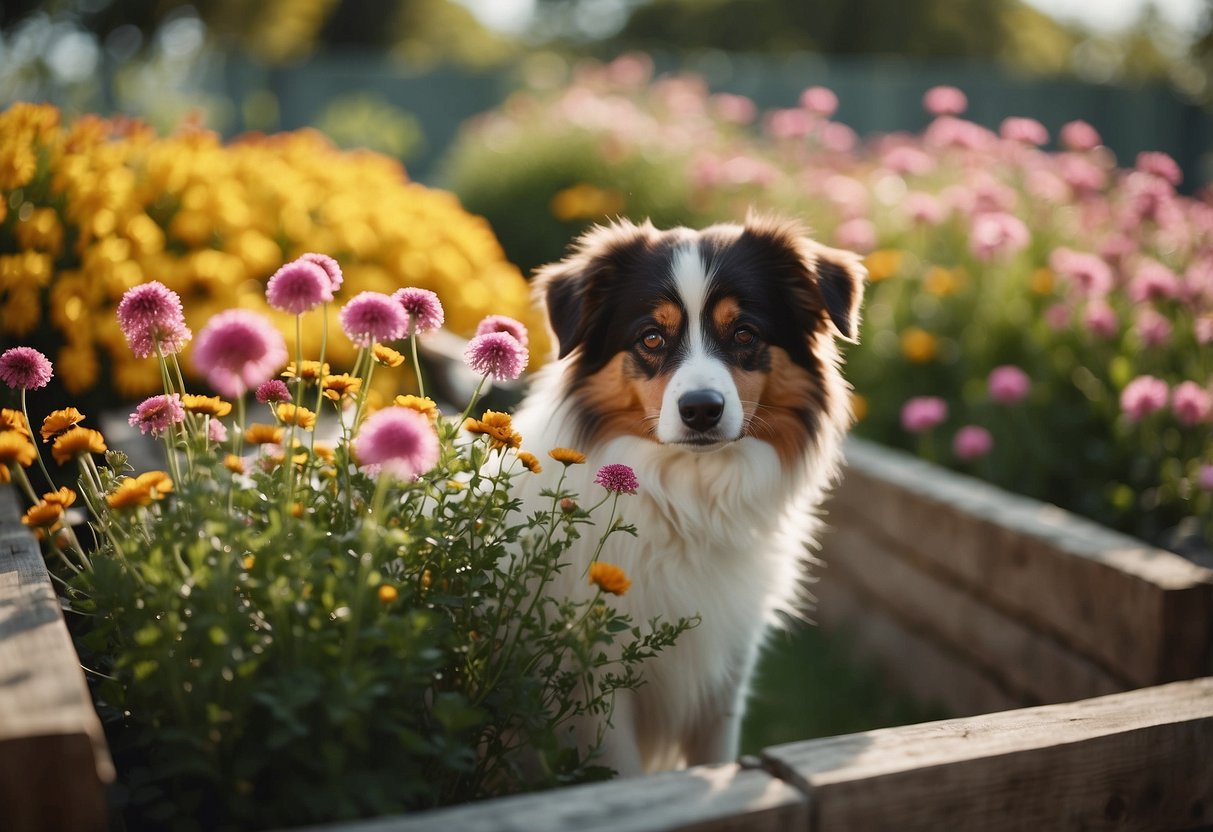
When creating a dog-proof garden, choosing non-toxic flowers is essential. Popular options include sunflowers, snapdragons, and zinnias, which are all safe for dogs.
Marigolds can add bright colors to your garden without posing a threat to your pets.
Lastly, consider planting rosemary. Not only is it safe for dogs, but it also has the bonus of being useful in your kitchen.
Understanding Dog Behavior in Gardens

Dogs are curious and playful by nature. They often dig, chew, or run around, which can sometimes cause havoc in gardens. Understanding why they do this can help in creating a more harmonious garden space for you and your pet.
Common Dog Behaviors
Dogs have several behaviors that can affect your garden. They might chew plants, dig holes, or use areas as their personal bathroom. These actions stem from natural instincts and habits. For example, dogs may chew on plants out of curiosity, for teething, or just for fun.
Another common behavior is running around or chasing animals like birds and squirrels. This can lead to trampled plants and disturbed soil. Dogs might also mark their territory, which can affect your garden’s appearance and plant health.
Why Dogs Dig
Digging is a common issue in gardens. Many dogs dig to create a cool spot to lay down on hot days. They might also dig to hunt for small animals or insects. Some breeds, like terriers, are naturally inclined to dig due to their hunting background.
Another reason dogs dig is boredom or lack of exercise. If they don’t get enough mental and physical stimulation, they may resort to digging as a way to entertain themselves. Providing enough playtime and engaging toys can help reduce this behavior.
Using scents to deter them or setting up dedicated digging areas can also be effective strategies. Learn more about this on Rover’s dog-friendly gardening tips.
Creating a Dog-Friendly Garden

To create a garden that’s both enjoyable for your dog and easy to maintain, focus on choosing plants that are safe for pets and designing playful spaces where they can have fun.
Choosing Dog-Safe Plants
Choosing the right plants is important to keep your dog safe. Some plants can be harmful if your dog eats them. Avoid common toxic plants like oleander, azaleas, and lilies. Instead, pick plants that are non-toxic and dog-friendly such as marigolds, sunflowers, and snapdragons.
Consider planting herbs like basil and rosemary. They not only smell great but are safe for dogs. Use raised beds or barrier plants to keep curious pups away from delicate flowers.
You should also ensure any mulch used is safe. Avoid cocoa mulch, which is toxic to dogs, and opt for alternatives like pine, cedar, or straw mulch.
Designing Play Areas
A good play area in your garden can keep your dog entertained and healthy. Use durable materials for paths and play spaces. Gravel or artificial grass can be good choices as they are easy to clean and maintain.
Incorporate interactive features like a digging pit filled with sand or soil. Dogs love to dig, and giving them a designated spot can protect the rest of your garden.
Think about adding a small water feature for your dog to cool off. Make sure it’s shallow to prevent any risk. Fencing or borders can also help keep your dog within safe areas and away from garden beds.
Creating a varied landscape with different textures, heights, and hiding spots can make your garden more interesting for your pup too.
Preventing Garden Damage

To keep your garden safe from energetic dogs, you need to focus on protecting your delicate flower beds and vegetable gardens. Use barriers, training, and smart planting choices to ensure your garden remains beautiful and intact.
Safeguarding Flower Beds
Dogs love to dig and play, which can be hard on your flower beds. Install sturdy fences or barriers around the flower beds. Use low metal or wooden fences that are at least 2 feet high to keep dogs from jumping in.
Another method is to create a designated play area for your dog with toys and activities to keep them away from the flowers.
Choose hardy plants that are less likely to be damaged by pet activities. Opt for plants like lavender, hardy geraniums, and marigolds, which are strong and less appealing for dogs to dig around.
Lay down materials like mulch or gravel in the flower beds. These surfaces can deter digging and are easier to clean if your dog does make a mess.
Protecting Vegetable Gardens
Vegetable gardens need special care and protection from curious dogs. Erect tall fences, preferably 3-4 feet high, to keep dogs out. Using chicken wire or mesh can work well to prevent digging under the fence.
Train your dog to avoid the garden area by using commands and positive reinforcement techniques. Consistency is key to ensuring they learn to stay away.
Consider raised garden beds that are high enough to be out of your dog’s reach. These can also make it easier for you to tend to your vegetables without worrying about damage.
Plant vegetables that are less attractive to dogs and not toxic if they do manage to get into the garden. Avoid plants like tomatoes and onions, which can be harmful to dogs if ingested.
Keep a fresh water dish in a shady spot outside the garden to prevent your dog from seeking out vegetables to quench their thirst. This will help keep them out of your vegetable garden.







